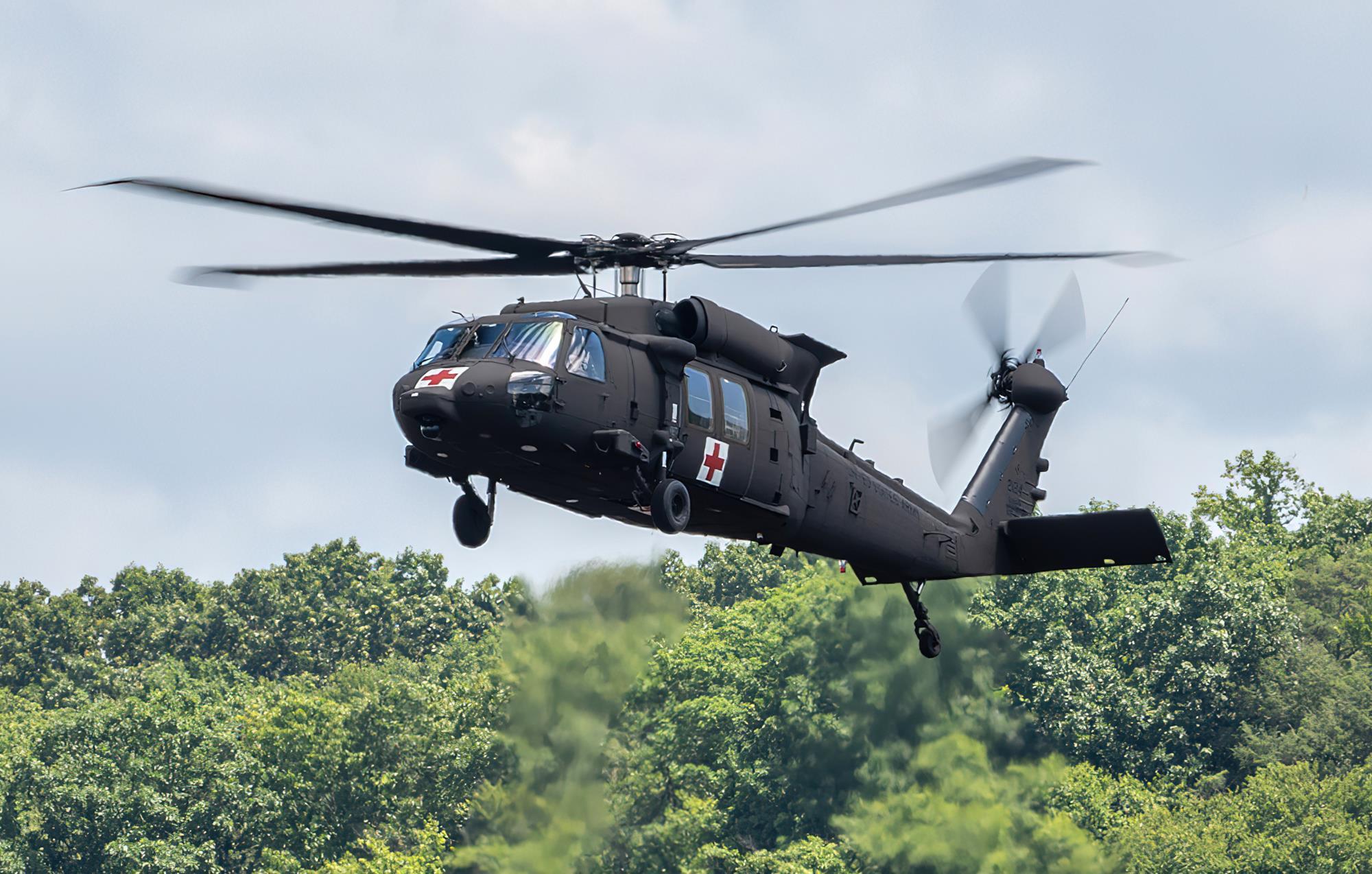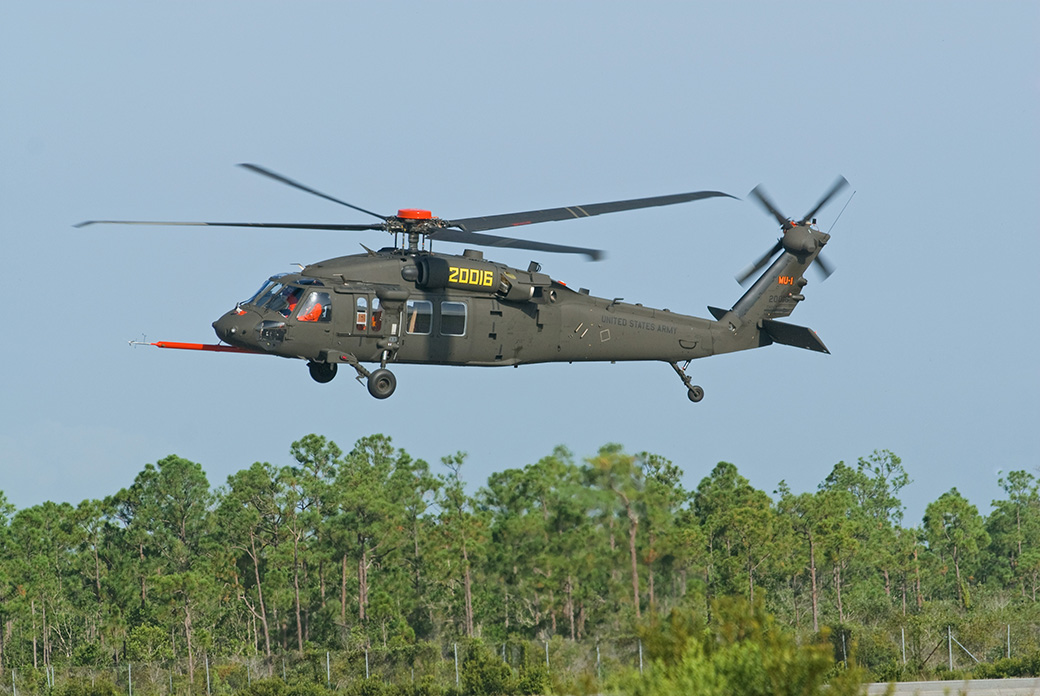Regulating the Cabin: Uh-60 Black Hawk Pilot Control Equipment and Features
Regulating the Cabin: Uh-60 Black Hawk Pilot Control Equipment and Features
Blog Article
The UH-60 Helicopter: Navigating Via Its Background, Design, and Significant Function in Air Travel
The UH-60 helicopter, often described as the Black Hawk, stands as a testament to the improvements in aeronautics modern technology and its undeniable influence on both noncombatant and army operations. From its modest starts to its existing status as a symbol of dependability and adaptability, the development of the UH-60 has actually been noted by continual innovation and adaptation to meet the developing needs of the aviation industry. As we dig into its history, design complexities, and the important function it plays in different markets, a deeper gratitude for this renowned helicopter emerges, clarifying the substantial contributions it has made to the world of aviation.
Evolution of the UH-60 Helicopter

The development of the UH-60 helicopter can be mapped back to the requirement for a trusted and versatile energy airplane that could satisfy the requiring demands of modern-day military operations. Established by Sikorsky Airplane, the UH-60 Black Hawk first took flight in 1974, with the U.S. Military becoming its key operator. Throughout the years, the UH-60 has actually undergone numerous upgrades and versions to enhance its abilities and efficiency.

Design Technologies and Features

In Addition, the UH-60 features an advanced avionics suite that consists of innovative navigating systems, communication equipment, and digital screens. These technological developments improve situational recognition for the team, improving overall goal performance and security. The helicopter's spacious cabin layout assists in very easy and fast loading and discharging of troops, tools, and casualties, making it a flexible property for armed forces operations and disaster alleviation efforts.
In addition, the consolidation of composite materials in crucial structural elements decreases weight while keeping toughness, enhancing the UH-60's efficiency and fuel performance. The UH-60 helicopter's cutting-edge layout elements jointly contribute to its online reputation as a reliable and extremely capable aircraft in both army and civilian aeronautics sectors.
Army and Noncombatant Applications
With versatile capabilities suited for a range of operational needs, the UH-60 helicopter serves both armed forces and private markets successfully. The UH-60's advanced avionics, defensive systems, and flexibility have solidified its position as a cornerstone of army helicopter fleets.
In the civilian field, the UH-60 offers a plethora of objectives, consisting of firefighting, police, emergency situation medical services, and company transport. Its integrity, ability to move, and roomy cabin make it a popular choice for energy objectives. Furthermore, the UH-60's versatility for VIP transport and overseas procedures even more highlight its importance in civilian applications. Whether in civilian or army use, the UH-60 helicopter continues to confirm its worth as a functional and essential aerial system.
Effect on Aviation Procedures
Having developed its importance in military and private applications, the UH-60 helicopter's effect on aviation operations extends past its flexible capacities to influence a vast range of airborne goals. In armed forces setups, the UH-60 this website plays a vital role in army search, rescue and transport operations, medical emptying, and special operations sustain. Its capacity to swiftly browse diverse surfaces and adverse weather makes it an important property in ensuring objective success and workers safety and security. Furthermore, the UH-60's versatility enables rapid implementation and removal of soldiers in battle zone, boosting functional efficiency and dexterity.
In noncombatant procedures, the UH-60 serves various vital functions, such as firefighting, law enforcement support, calamity alleviation efforts, and aerial studies. uh-60. Its convenience makes it possible for fast reactions to emergencies and natural dig this calamities, assisting in conserving lives and protecting communities. In addition, the UH-60's dependability and endurance make it a favored choice for energy goals, consisting of transport of freight and employees to remote places. Overall, the UH-60 helicopter significantly influences aeronautics operations by providing unparalleled abilities and support throughout a broad spectrum of goals.
Future Dopes and Prospects
The advancement of the UH-60 helicopter is poised to change aviation capabilities and reshape functional paradigms in the coming years. Innovations in modern technology and style are driving the growth of next-generation UH-60 variants that promise raised speed, dexterity, and goal versatility. One crucial location of focus for future UH-60 models is improving independent capacities to improve operational performance and safety and security. By incorporating sophisticated self-governing flight systems, the UH-60 can lower pilot work, enable complex missions in tough environments, and improve general mission efficiency.
In addition, there is an expanding focus on sustainability and gas effectiveness in the style of future UH-60 helicopters (uh-60). Producers are checking out new materials, propulsion systems, and wind resistant improvements to minimize ecological effect and operating expense. These advancements not only profit the atmosphere however also add to the lasting feasibility and competitiveness of the UH-60 in the rapidly advancing air travel sector
Final Thought

The UH-60 helicopter, commonly referred to as the Black Hawk, stands as a testimony to the innovations in aeronautics modern technology and its obvious influence on both civilian and army procedures.Having actually developed its relevance in armed forces and private applications, the UH-60 helicopter's impact on aviation operations expands past its flexible abilities to influence a wide range of aerial goals. On the whole, the UH-60 helicopter substantially affects aviation operations by giving unequaled abilities and support throughout a wide spectrum of missions.
The advancement of the UH-60 helicopter is poised to revolutionize air travel capabilities and improve functional paradigms in the coming years. As modern technology continues to advancement, the future growths and potential customers for the UH-60 helicopter stay appealing, ensuring its ongoing relevance in the area of air travel.
Report this page